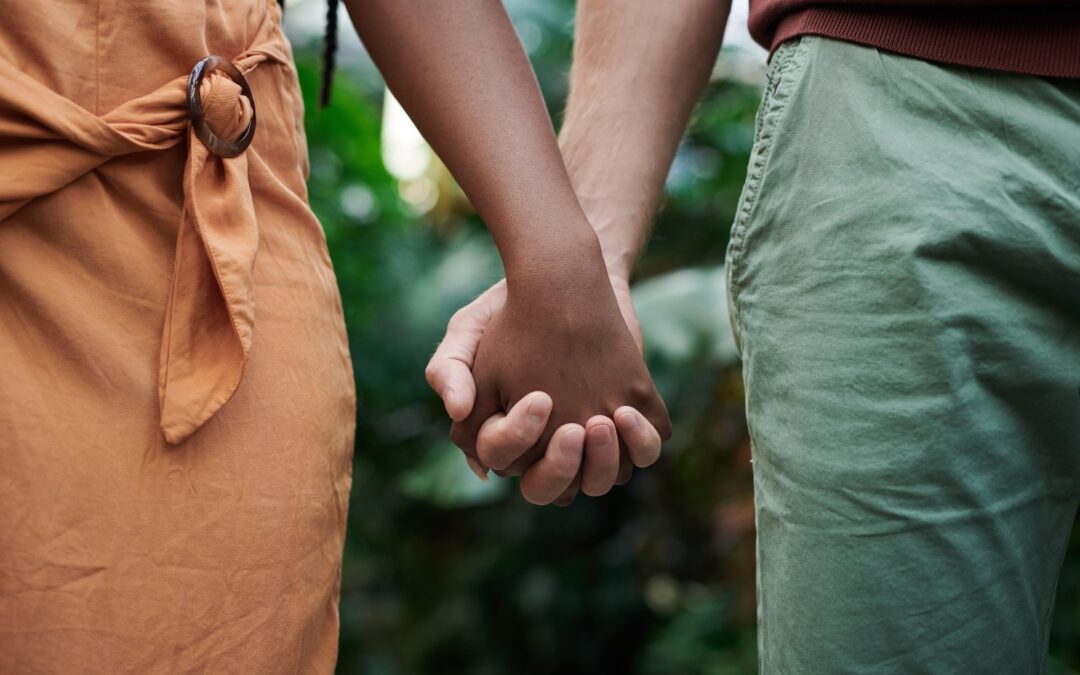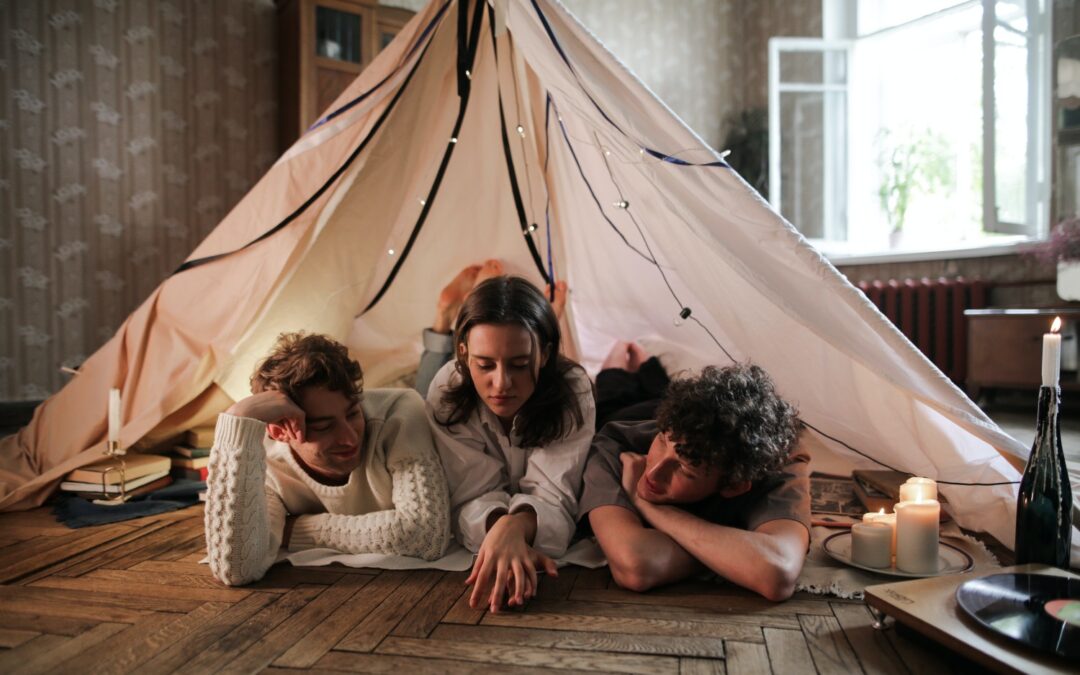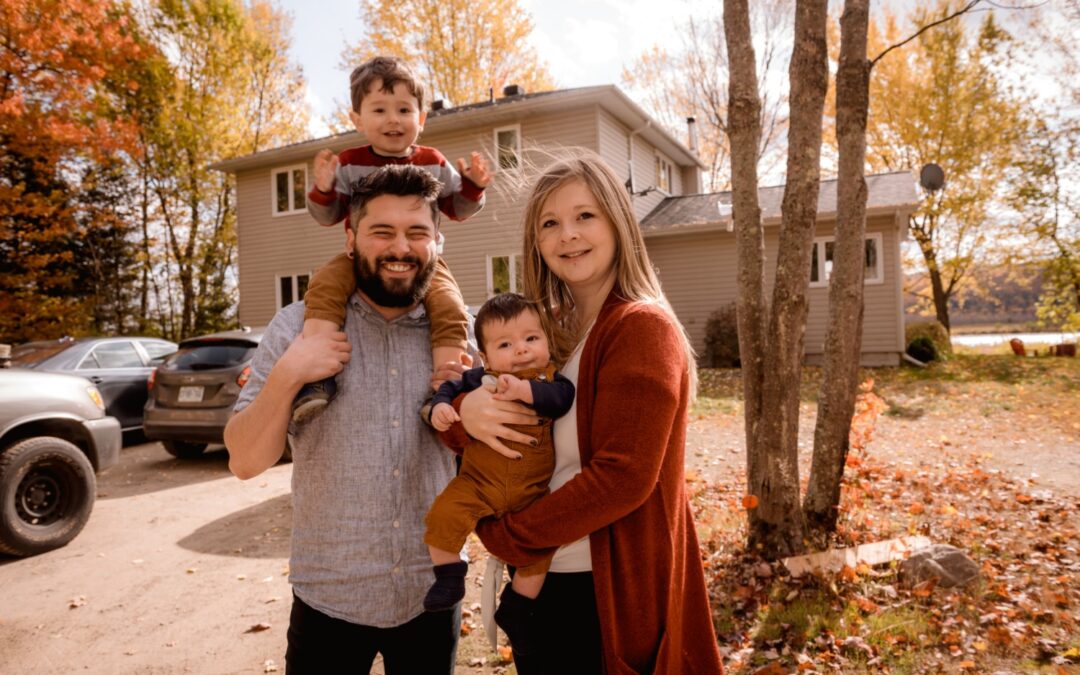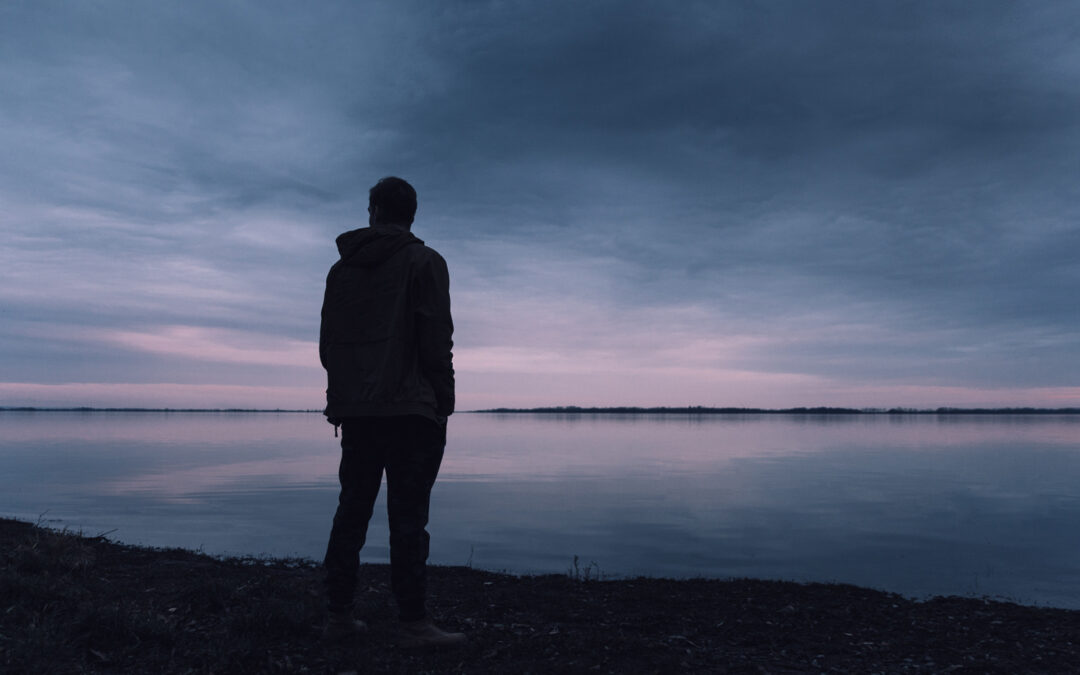On May 3, The Daily Princetonian published a visual essay called “What I wish we were taught about sex and intimacy,” where a student described a freshman year experience with sex and intimacy. Entering Princeton with an ex-boyfriend behind her, she remembers calling a high school friend attending another school. Though the author had initially been swept up by a variety of exciting campus activities, she felt “pretty miserable and lonely.” Her experiences seemed to pale in comparison with those of her friend, who met “all these new people” and had a new hookup every weekend.










